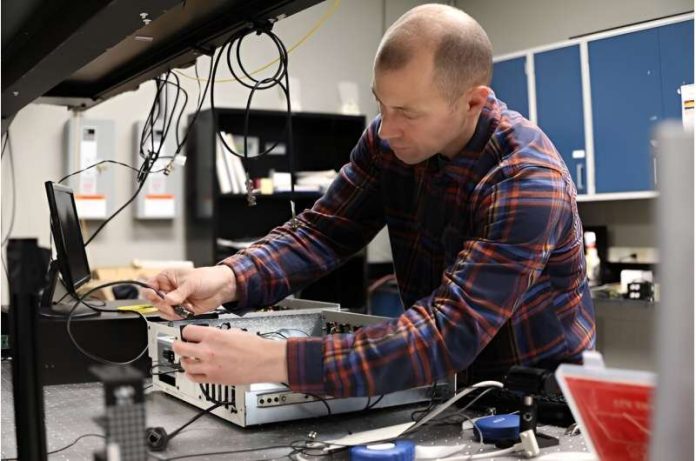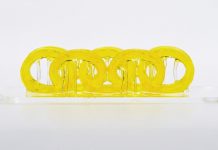
In the world of technology and cybersecurity, scientists are always on the hunt for new ways to keep our digital information safe from hackers.
At the Oak Ridge National Laboratory, which is part of the Department of Energy, a group of researchers has made an exciting discovery that could change the way we protect our information online.
They have found a new method that uses the principles of quantum physics to secure data, a technique that could be much more secure than anything we currently have.
This journey started back in 2015 when the same group of scientists showed that their idea could work in theory.
Now, they’ve taken it out of the lab and tested it in the real world, using the laboratory’s own fiber-optic network. Fiber-optic networks are like the internet’s highways, letting data travel as light at incredible speeds over long distances.
The team’s research, shared at a conference called CLEO 2023, is a big deal because they’ve shown how quantum physics can be used to create a secret key, a kind of password, that only the people exchanging messages know.
This method is known as quantum key distribution. The cool part is that they’ve managed to do this while still allowing the network to carry regular data traffic, without interference.
Here’s a bit about how it works: The quantum signal, or the special light signal carrying the secret key, is mixed with regular data traffic using a clever trick.
This trick involves something called a “local oscillator,” which is a way to reduce the noise that comes from other data traveling on the same network.
Imagine you’re trying to listen to a quiet song in a noisy room; the local oscillator would help turn down the room’s noise so you can hear the song clearly.
The signals they send are not simple on-off flashes of light but carry information in more complex ways, using what’s known as “continuous variables.” This method uses light particles, or photons, and can vary their amplitude and phase.
This means the system can use many different settings to encode information, making it compatible with the internet as we know it while also being incredibly secure.
Nicholas Peters, who leads the team, explains that quantum key distribution is like creating a super-secure password between two people, known in the experiment as Alice and Bob.
They use lasers to send these light signals, and if someone tries to eavesdrop, the very act of measuring the light by the intruder changes the signal. This change can alert Alice and Bob that their communication might be compromised.
A big part of making this system work is managing noise. Just like trying to talk over a loud crowd, too much noise can make it hard to communicate securely.
The team’s new method improves the quality of the signal by using a special type of laser that acts like a filter, letting through only the signals you want and reducing the noise.
Looking ahead, the team at Oak Ridge National Laboratory wants to test their system across different types of networks to see how well it can work in various situations.
This breakthrough isn’t just about making our current internet more secure; it’s a glimpse into a future where quantum physics helps protect our digital world in ways we’re just beginning to understand.
The research findings can be found in CLEO 2023.
Copyright © 2024 Knowridge Science Report. All rights reserved.



